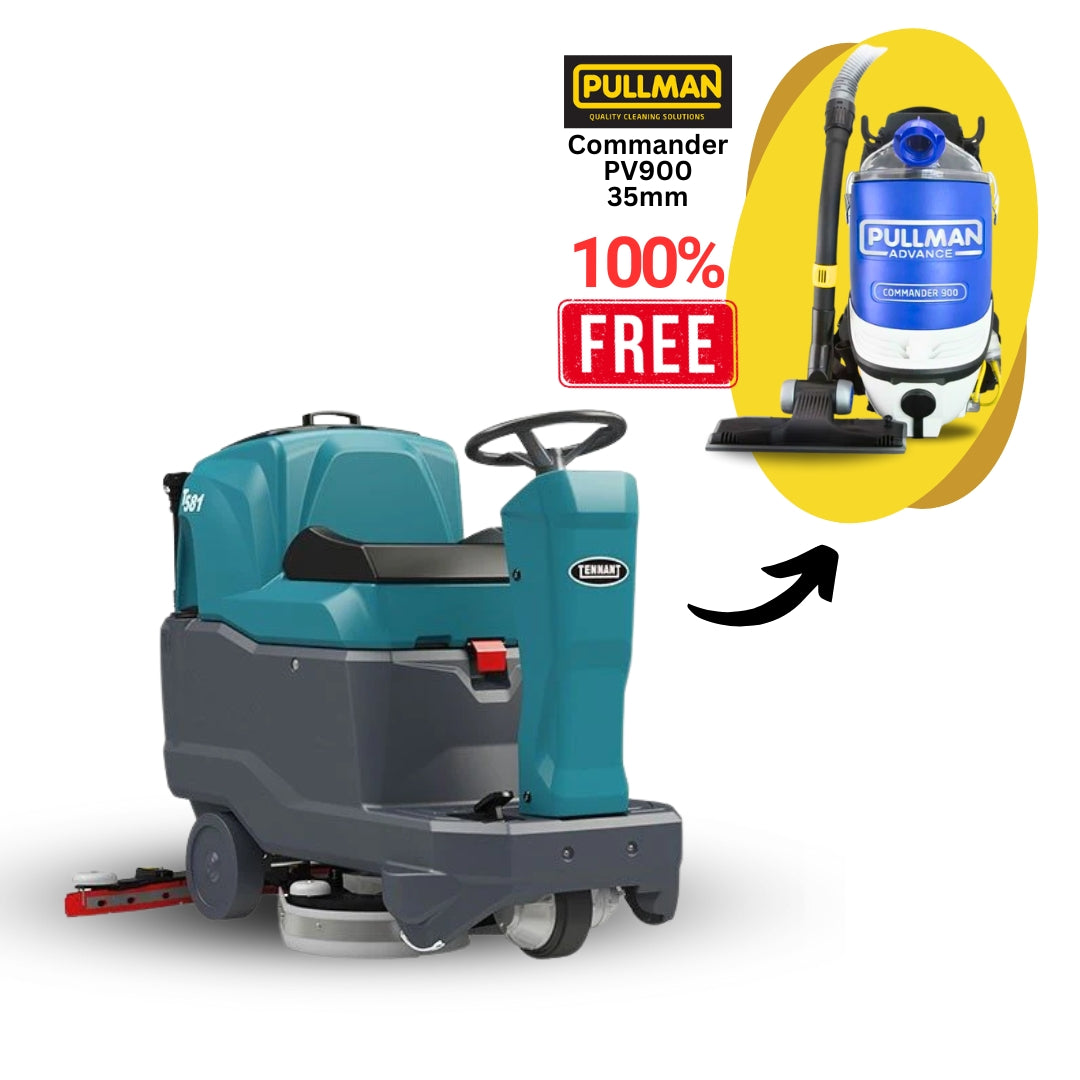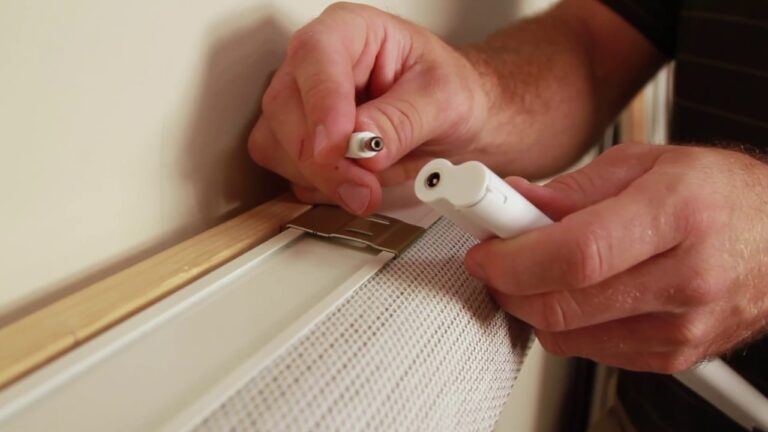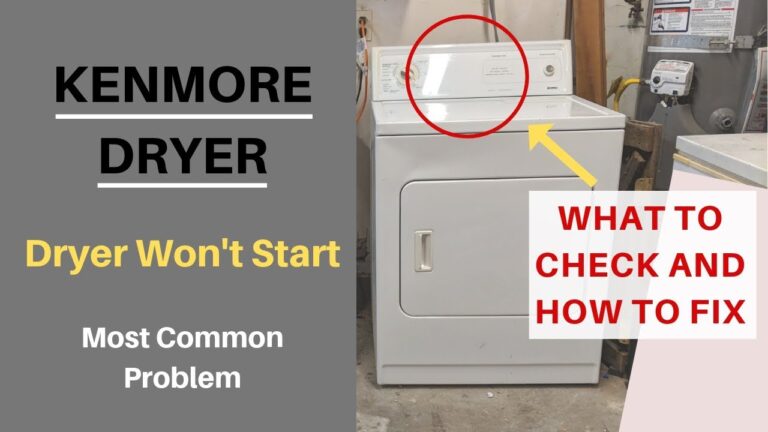Advance Floor Scrubber Troubleshooting: Expert Tips & Solutions
Have you ever found yourself in the middle of a cleaning job, only to have your floor scrubber act up? It’s frustrating, isn’t it?
You’ve got deadlines to meet, and the last thing you need is equipment that won’t cooperate. But don’t worry, you’re not alone. Many people face these hiccups and sometimes, all it takes is a bit of troubleshooting to get things back on track.
Imagine the relief of knowing exactly what to do when your scrubber starts behaving strangely. Instead of feeling helpless, you can tackle the issue head-on with confidence. By understanding some common problems and their solutions, you’ll not only save time but also extend the life of your machine. Ready to dive into practical tips that will keep your floor scrubber running smoothly? Let’s get started!
Common Issues With Floor Scrubbers
Floor scrubbers are essential tools in maintaining spotless floors in commercial spaces. However, like any machine, they can face issues that hinder their performance. It’s important to know these common problems, so you can keep your scrubber in peak condition. Whether it’s a start-up problem or a cleaning glitch, understanding these issues can save you time and frustration.
Machine Won’t Start
Imagine you’re ready to tackle a dirty floor, but the scrubber refuses to start. This common issue often stems from battery problems or power supply issues. Check if the battery is charged or if there’s a loose connection. Sometimes, it’s as simple as a blown fuse. Have you checked the power switch? It may not be fully engaged. Ensuring these elements are in order can often solve the problem quickly.
Poor Cleaning Performance
Is your floor scrubber leaving streaks or missing spots? This could be due to worn-out brushes or squeegees. Inspect them for wear and tear. A dirty or clogged filter can also lead to poor cleaning results. Regular maintenance is key to ensuring optimal performance. Have you adjusted the brush pressure? Incorrect settings can affect cleaning efficiency.
Water Not Dispensing
Water is crucial for effective scrubbing, but what if it’s not dispensing properly? Check the water tank first—ensure it’s filled and securely attached. Blockages in the hoses or nozzles can also cause this issue. Cleaning them thoroughly might restore water flow. Sometimes, the pump might need attention. Is it functioning as expected? Regular checks can prevent this common issue from disrupting your cleaning routine.
Understanding these common issues can transform your floor scrubbing experience. Regular checks and maintenance will keep your machine running smoothly. Have you faced any unique challenges with your scrubber? Share your experiences and solutions to help others navigate these common problems.

Diagnosing Electrical Problems
Diagnosing electrical issues in advanced floor scrubbers involves checking power connections and inspecting circuit components. Regular maintenance helps prevent these problems, ensuring efficient operation. Identifying faulty wiring or blown fuses early can save time and reduce repair costs. Proper troubleshooting ensures that your floor scrubber works smoothly.
Diagnosing electrical problems in floor scrubbers can be challenging. Electric issues often disrupt cleaning schedules, causing frustration. Understanding the common problems helps in efficient troubleshooting. This section explores frequent electrical issues in floor scrubbers, giving you practical tips for diagnosis.
Battery Issues
Battery problems can halt scrubber operations. Check if the battery is charged properly. Inspect connections for corrosion or damage. Loose cables often cause intermittent power. Test the voltage using a multimeter. If the battery is old, consider replacement. A well-maintained battery ensures reliable performance.
Faulty Wiring
Faulty wiring can lead to unexpected breakdowns. Check for broken or exposed wires. Inspect connections for tightness. Loose wiring disrupts electrical flow. Use a multimeter to test continuity. Damaged wires need immediate replacement. Proper wiring ensures efficient operation.
Motor Malfunctions
Motor issues affect scrubber performance. Listen for unusual sounds from the motor. Inspect the motor for visible damage. Check the motor’s connections for tightness. Use a multimeter to test motor voltage. If the motor fails to start, it may need servicing. Regular maintenance keeps the motor running smoothly.
Mechanical Failures
Mechanical failures can disrupt the operation of advance floor scrubbers. These issues often lead to downtime and decreased efficiency. Understanding common mechanical problems helps prevent them. Regular maintenance is key. Let’s explore some typical mechanical failures.
Brush Malfunctions
Brush malfunctions are frequent in floor scrubbers. Brushes may not spin properly. This can result in uneven cleaning. Check for debris caught in the bristles. Debris can block movement. Inspect the drive belt. A worn belt may need replacing. Ensure the brush is securely attached. Loose fittings can cause issues.
Squeegee Problems
Squeegee problems affect water pickup. A damaged squeegee leaves water on floors. Inspect for tears or wear. Replace if necessary. Check the alignment. Misalignment leads to poor performance. Clean the squeegee regularly. Dirt buildup reduces effectiveness. Ensure proper suction. Weak suction causes water streaks.
Wheel And Axle Issues
Wheel and axle issues can hinder movement. Scrubbers may not move smoothly. Inspect wheels for wear or damage. Replace worn wheels promptly. Check axles for signs of rust or bending. Lubricate axles regularly. Proper lubrication ensures smooth operation. Examine the wheel bearings. Damaged bearings need immediate attention.
Preventive Maintenance Tips
Ensure your floor scrubber runs smoothly by regularly inspecting brushes and squeegees for wear. Check battery connections and clean them to prevent corrosion. Regular maintenance keeps machines efficient and reduces downtime.
Preventive maintenance is the key to extending the life of your advance floor scrubber and ensuring it operates efficiently. Without regular care, minor issues can snowball into costly repairs. By following a few simple maintenance tips, you can keep your machine in top shape and avoid frustrating downtime.
Regular Cleaning And Servicing
Regular cleaning is essential. After every use, ensure that your scrubber is free of debris and residue. A quick rinse of the squeegee and brushes can prevent buildup and ensure smooth operation. Schedule regular servicing. At least once a month, give your floor scrubber a more thorough check. Look for signs of wear and tear or anything unusual that might need attention. Use your senses. Listen for any strange noises during operation, and inspect the machine for any visible damage. Your ears and eyes are your first line of defense in catching potential problems early.
Checking And Replacing Filters
Filters are your scrubber’s lifeline. A clogged filter can reduce performance and lead to overheating. Check them weekly and clean or replace as necessary. Keep an eye on the vacuum filter. It’s crucial for suction efficiency. If you notice your machine isn’t picking up water as it should, the vacuum filter might be the culprit. Have spare filters on hand. This ensures that you can quickly swap out old ones without interrupting your cleaning schedule.
Lubrication And Adjustments
Lubrication keeps your scrubber running smoothly. Check the manufacturer’s guidelines for which parts need regular oiling. Lack of lubrication can lead to increased friction and wear. Pay attention to the wheels and axles. Proper lubrication here ensures smooth movement and prevents annoying squeaks. Adjustments are sometimes necessary. Over time, parts may shift or loosen. Regularly check and tighten any loose screws or bolts to maintain optimal operation. Have you ever ignored a minor issue only to face a major repair later? Use these preventive maintenance tips to avoid that scenario with your advance floor scrubber. A little effort now can save you time and money in the long run.
Troubleshooting Water Systems
Dealing with a malfunctioning floor scrubber can be daunting, especially when it relates to the water system. The water system is vital for the machine’s cleaning efficiency, and any disruption can result in subpar performance. Understanding common issues such as clogged nozzles, pump failures, and water tank leaks can save you time and frustration.
Clogged Nozzles
Clogged nozzles are a frequent issue in floor scrubbers. Dirt and debris can accumulate, obstructing water flow. Regularly inspect the nozzles for blockages and clean them with a thin wire or a brush. Have you ever noticed uneven water distribution while using the scrubber? This could be a sign of a clogged nozzle. Ensure you keep the nozzles free from clogs to maintain consistent cleaning performance.
Pump Failures
Pump failures can bring your cleaning to a halt. If your scrubber isn’t dispensing water, the pump could be at fault. Check for unusual noises or leaks around the pump area. Is the water pressure weak? This might indicate a pump issue. Sometimes, resetting the machine can resolve minor pump malfunctions, but persistent issues may require professional assistance.
Water Tank Leaks
Water tank leaks are not only annoying but can also lead to wasted water and reduced cleaning time. Inspect the tank for cracks or loose fittings regularly. Have you ever wondered why your scrubber runs out of water faster than usual? A leaking tank could be the culprit. Tighten all connections and consider using sealant for minor cracks.
Maintaining your floor scrubber’s water system is crucial for its longevity and effectiveness. Remember, a little proactive maintenance can save you from significant headaches down the road. Are you prepared to tackle these common issues head-on?
Advanced Diagnostic Tools
Advanced diagnostic tools are crucial for floor scrubber troubleshooting. They streamline the process, ensuring quicker solutions. These tools help identify issues efficiently, saving time and resources. Let’s explore three essential diagnostic tools used in floor scrubber maintenance.
Using Multimeters
Multimeters are vital for electrical diagnostics in floor scrubbers. They measure voltage, current, and resistance. This helps identify electrical faults swiftly. Technicians use multimeters to test batteries and circuits. Accurate readings ensure effective troubleshooting. Multimeters enhance safety by preventing electrical mishaps.
Software Diagnostics
Software diagnostics play a key role in modern floor scrubbers. They provide real-time data analysis. This helps pinpoint mechanical and software issues. Technicians access software logs for detailed insights. Software tools guide repairs with precision. They reduce downtime and boost scrubber efficiency.
Remote Monitoring Systems
Remote monitoring systems offer continuous oversight of scrubber performance. They track usage patterns and detect anomalies. Alerts notify technicians about potential issues. Remote systems facilitate proactive maintenance. They optimize scrubber lifespan by preventing major faults. This technology enhances operational reliability.
When To Seek Professional Help
Advance floor scrubbers are essential for maintaining clean and polished floors, but they can occasionally run into issues that require more than just a quick fix. Knowing when to seek professional help can save you time, money, and prevent further damage to your equipment. It’s crucial to recognize the signs of complex problems and understand when it’s best to call in the experts.
Identifying Complex Issues
As a user, you’re likely to handle minor issues such as clogged filters or small electrical glitches. But what if your floor scrubber starts making strange noises or suddenly loses power? These could be signs of deeper mechanical or electrical problems. If you’ve tried basic troubleshooting steps and the problem persists, it might be time to consult a professional. Don’t wait until the issue worsens and potentially leads to more expensive repairs.
Finding Reliable Service Providers
Finding a reliable service provider is crucial for effective repairs. Start by checking reviews online or asking for recommendations from other businesses that use floor scrubbers. A provider with a proven track record can offer peace of mind. Look for technicians who are certified and have experience specifically with Advance floor scrubbers. Ask questions about their warranty policies and customer support to ensure you’re getting the best service.
Cost-benefit Analysis
Weighing the costs against the benefits is key when deciding on professional help. Professional repairs might seem costly upfront, but they can extend the lifespan of your scrubber and improve its efficiency. Consider the potential downtime and productivity loss if the scrubber remains broken. Are the savings from DIY fixes worth the risk of further damage? Sometimes, investing in expert repairs can be the wiser financial decision in the long run.
Have you ever faced a situation where a DIY approach led to more complications? Share your experiences and insights in the comments below. Your stories might help someone else make the right choice when facing floor scrubber issues. Remember, knowing when to ask for help is not a sign of weakness, but a step toward smarter maintenance.
Conclusion
Fixing floor scrubbers can be simple with the right steps. Identify common issues first. Check power supply and connections. Inspect brushes and squeegees for wear. Clean clogged filters and tanks. Regular maintenance helps prevent problems. Remember, a well-maintained scrubber works efficiently.
Troubleshooting saves time and money. With these tips, you can solve many issues. Your floor scrubber will stay in top shape. Happy cleaning!





